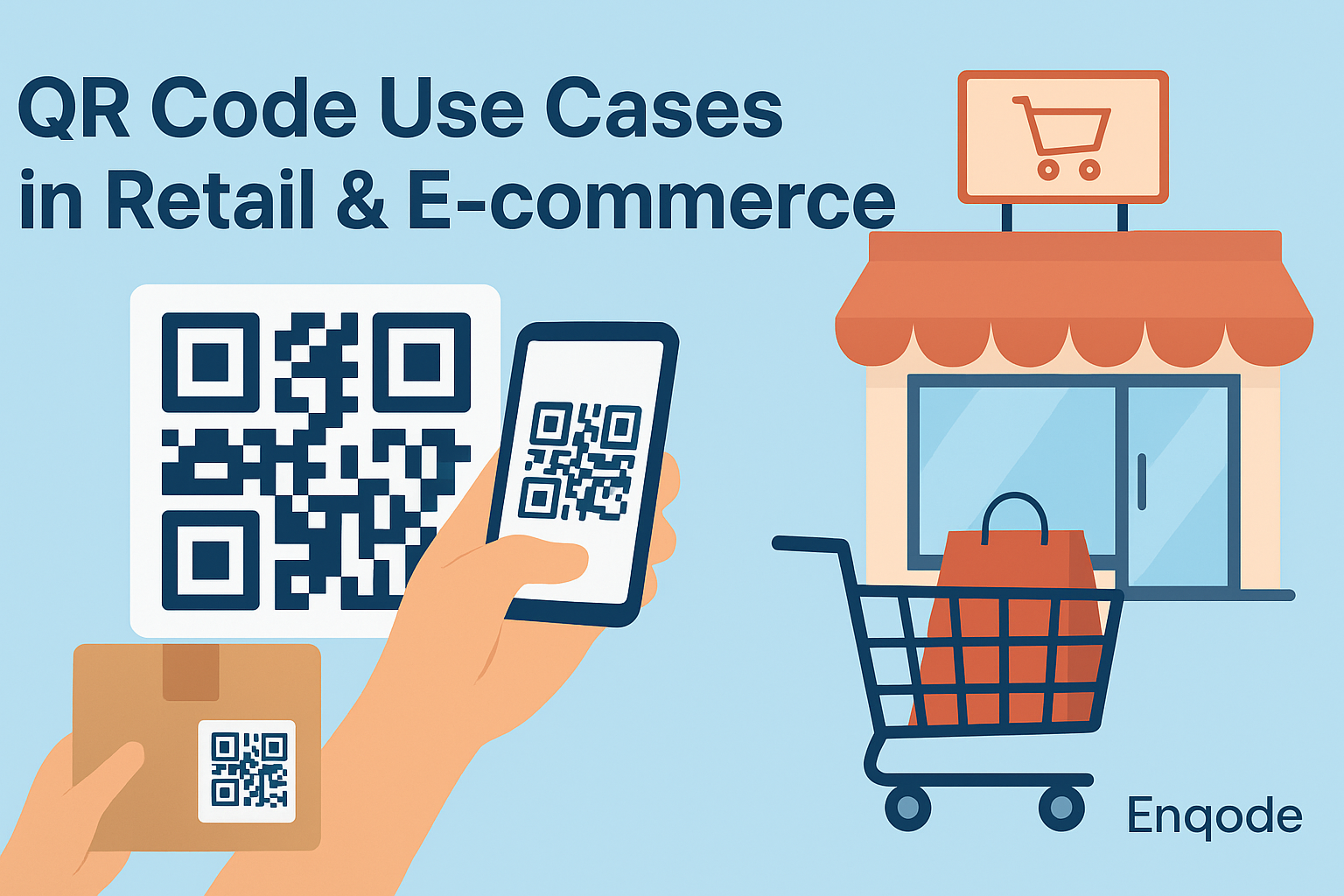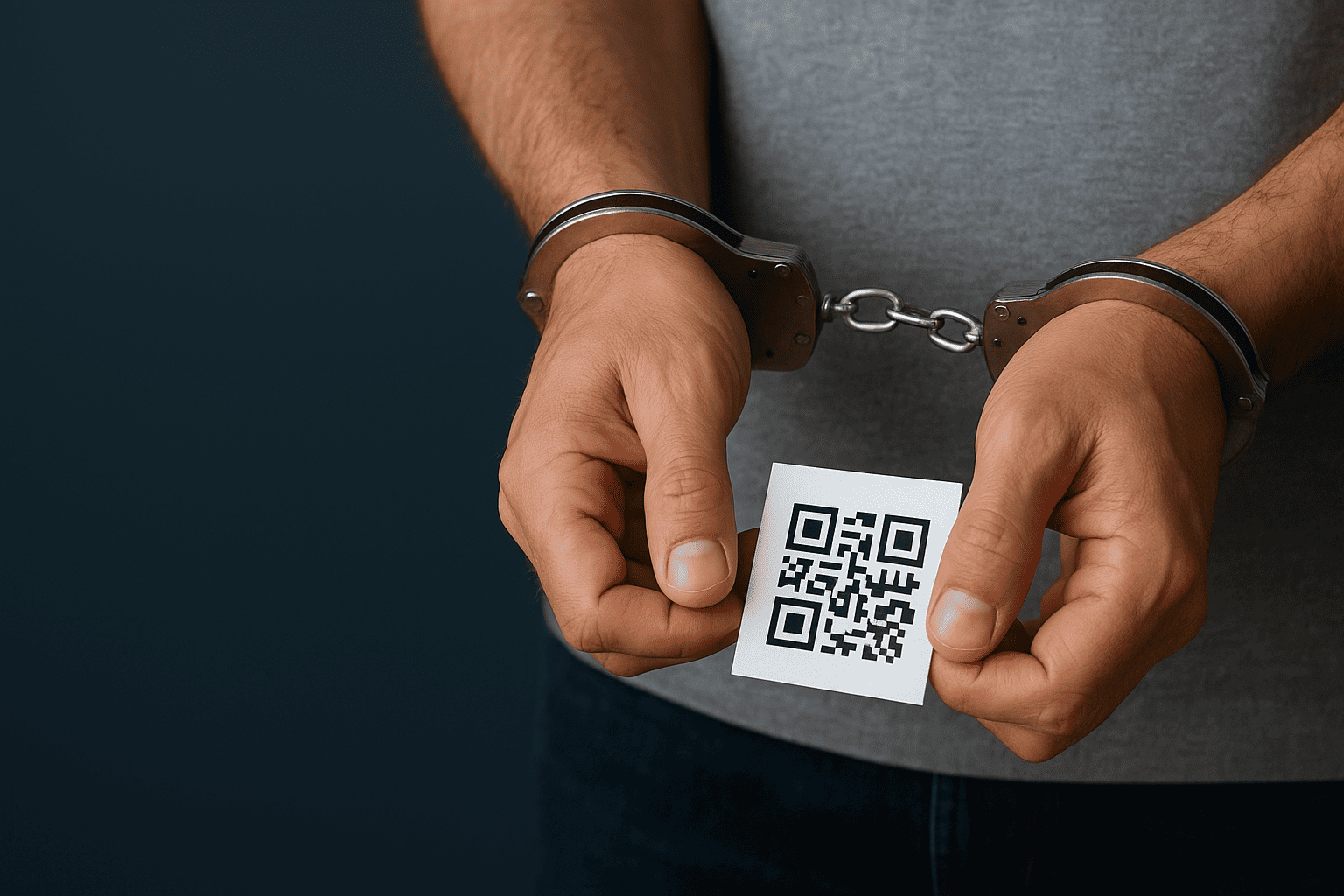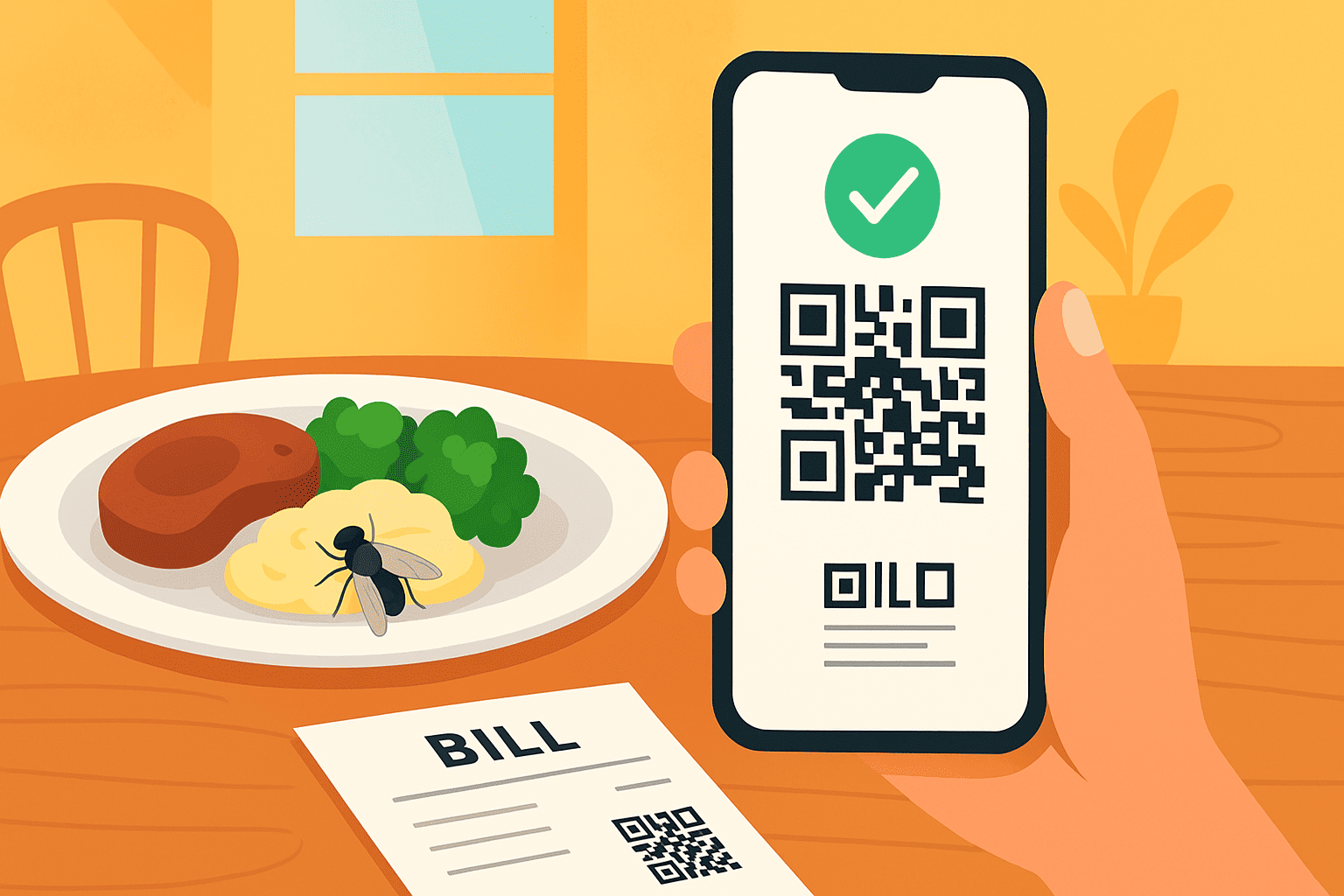Quick Summary
QR codes are transforming the retail and e-commerce landscape by bridging the gap between physical and digital shopping experiences. From contactless payments and personalized promotions to post-purchase engagement, they help businesses boost sales, increase customer loyalty, and streamline operations. In this blog, we’ll explore the most effective QR code use cases for retail and e-commerce with practical examples.
Table of Contents
- 1. Introduction
- 2. Why QR Codes Matter in Retail & E-commerce?
- 3. Top QR Code Use Cases in Retail & E-commerce
- 4. Product Information & Authenticity Verification
- 5. Discounts, Coupons & Loyalty Programs
- 6. Contactless Payments
- 7. Social Media & Online Store Links
- 8. Post-Purchase Engagement & Reviews
- 9. Inventory & Supply Chain Management
- 10. Best Practices for Using QR Codes in Retail
- 11. Conclusion
Introduction
Retail and e-commerce are evolving at lightning speed, and businesses need innovative ways to connect with customers. QR codes have become one of the simplest yet most powerful tools to enhance customer experience and streamline operations. Whether it’s verifying product authenticity or encouraging repeat purchases, QR codes bring convenience, engagement, and trust to modern shopping.
Why QR Codes Matter in Retail & E-commerce?
- Bridges online and offline shopping experiences
- Drives engagement with interactive promotions
- Reduces friction in payments and checkout
- Builds trust with authenticity verification
- Provides measurable insights with analytics
Top QR Code Use Cases in Retail & E-commerce
1. Product Information & Authenticity Verification
Shoppers want transparency. By scanning a QR code on product packaging, customers can instantly view detailed information such as: Ingredients or material composition, Manufacturing details, Expiry dates or batch numbers, Authenticity verification (to prevent counterfeits). Example: A luxury handbag retailer can use QR codes to let buyers confirm the product’s authenticity via blockchain-based verification.
2. Discounts, Coupons & Loyalty Programs
Paper coupons are outdated, QR codes make promotions instant and interactive. Retailers can place QR codes in-store or on packaging to: Provide exclusive discounts, Let customers join loyalty programs with one scan, Offer personalized deals based on purchase history. Example: An e-commerce store can print QR codes on invoices that reward repeat customers with special coupons for their next purchase.
3. Contactless Payments
QR-based payments have skyrocketed, especially in Asia. By integrating QR codes, retailers can: Enable fast checkout without physical cards or cash, Reduce transaction friction, Support multiple payment platforms like PayPal, Google Pay, or UPI. Example: Cafés and small shops can use dynamic QR codes for secure, instant payments.
4. Social Media & Online Store Links
QR codes can serve as a bridge to digital engagement. Link directly to Instagram, TikTok, or Facebook pages, Guide users to online stores, Encourage following and engagement. Example: A clothing store can place QR codes on in-store posters that lead customers to its e-commerce catalog or Instagram page for new arrivals.
5. Post-Purchase Engagement & Reviews
Customer reviews are critical for retail and e-commerce growth. QR codes make it seamless by: Directing customers to Google Reviews or Trustpilot, Providing easy access to surveys or feedback forms, Offering warranty registration through quick scans. Example: Electronics retailers can include QR codes on packaging that lead customers to a review page immediately after purchase.
6. Inventory & Supply Chain Management
Retailers can also use QR codes internally for operations: Track inventory levels, Monitor shipping and logistics, Streamline warehouse management. Example: A warehouse can attach QR codes to pallets for real-time inventory updates when scanned.
Best Practices for Using QR Codes in Retail
- Use dynamic QR codes to edit content without reprinting
- Ensure high-quality designs that match your brand
- Track performance with analytics & reporting
- Place QR codes where they are easily visible and scannable
- Provide a clear CTA like “Scan to Save 20%”
Conclusion
QR codes are no longer just a convenience, they’re a necessity in retail and e-commerce. They empower businesses to build trust, drive engagement, and streamline operations while offering customers the transparency and convenience they expect. If you’re in retail or e-commerce, adopting QR codes isn’t just an option, it’s a competitive advantage.





